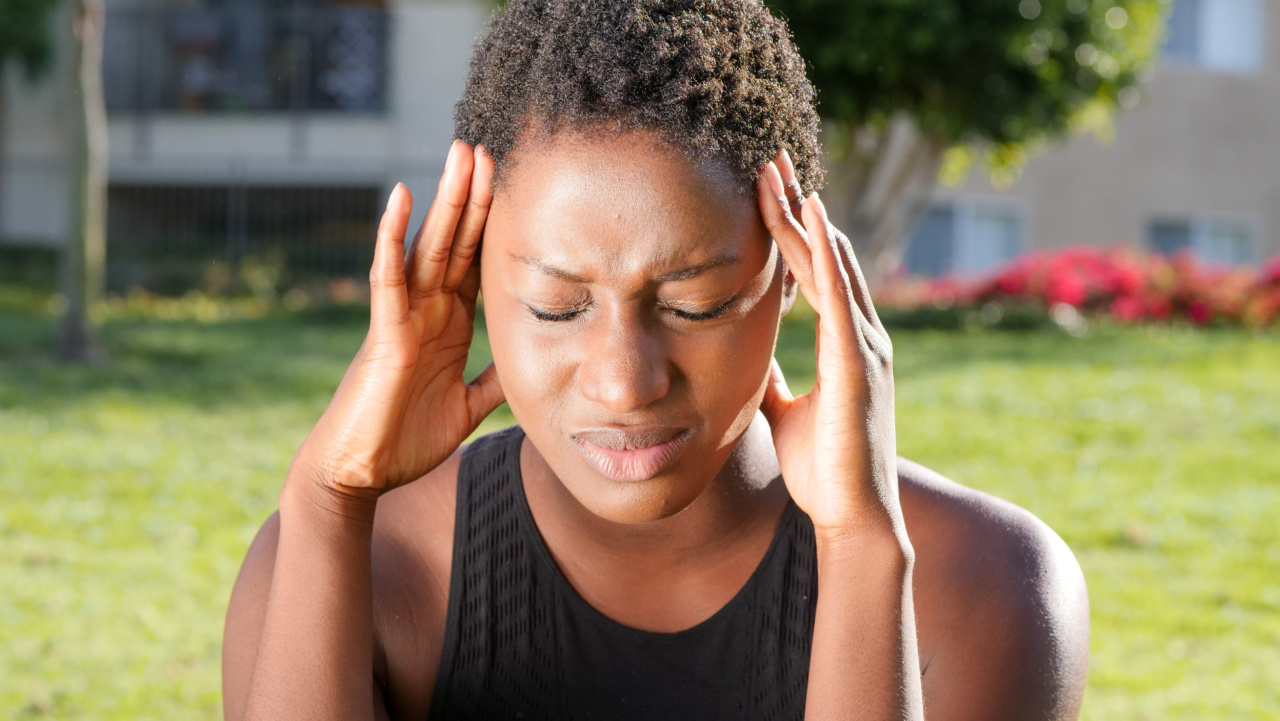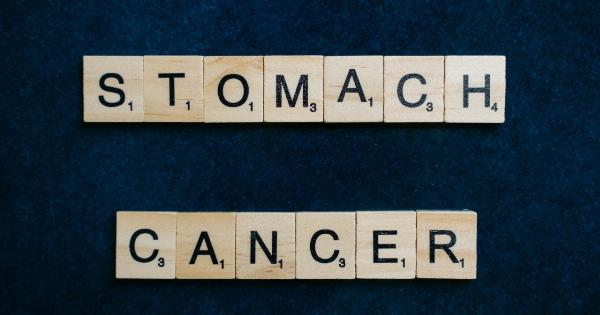Headaches are a common ailment that most people experience at some point in their lives. Whether it’s caused by stress, dehydration, or sinus congestion, a headache can be debilitating and affect one’s daily activities.
However, not all headaches are created equal, and for those who suffer from migraines, the pain and disruption can be even more intense.
Migraines vs. Headaches: Understanding the Difference
While migraines are often referred to simply as “really bad headaches,” there are distinct differences between the two conditions. Here, we delve into the characteristics and symptoms that set migraines apart from regular headaches.
1. Duration and Frequency
One of the main differences between migraines and headaches is the duration and frequency of the episodes. Headaches tend to be shorter in duration, ranging from a few minutes to several hours, and typically occur infrequently.
On the other hand, migraines last longer, lasting from a few hours to several days, and can occur multiple times a month or even more frequently for chronic sufferers.
2. Pain Intensity
While headaches can be painful, the pain experienced during a migraine is often much more intense. Migraine pain is typically pulsating or throbbing and occurs on one side of the head.
It can also be accompanied by other symptoms such as sensitivity to light and sound, nausea, and vomiting, which are not commonly associated with regular headaches.
3. Aura
Another distinguishing feature of migraines is the presence of an aura. An aura is a set of sensory disturbances that typically precede the onset of a migraine attack.
These disturbances can include visual changes such as seeing flashing lights or zigzag patterns, as well as tingling or numbness in the face or limbs. Headaches, on the other hand, do not typically come with an aura.
4. Triggers
Both migraines and headaches can be triggered by various factors, but migraines tend to have more specific triggers.
Common migraine triggers include certain foods (such as caffeine, chocolate, and aged cheeses), hormonal changes, stress, weather changes, and certain odors or perfumes. Headaches, on the other hand, can be triggered by factors such as dehydration, eyestrain, tension, or sinus congestion.
5. Prodrome and Postdrome
Migraines often come with a prodrome and postdrome phase, which are additional stages before and after the actual headache.
The prodrome phase can occur hours or even days before the migraine and includes symptoms such as fatigue, irritability, and mood changes. The postdrome phase, also known as the migraine hangover, can last for up to a day after the headache subsides and can leave the individual feeling drained and mentally foggy.
Headaches, on the other hand, do not typically have distinct prodrome or postdrome phases.
6. Impact on Daily Life
While headaches can certainly disrupt one’s daily activities, migraines can be even more debilitating and have a greater impact on overall quality of life.
Migraine sufferers often find themselves unable to continue with their normal routines, experiencing difficulty concentrating, and even missing work or social engagements due to the severity of the pain and associated symptoms. Headaches, although unpleasant, usually do not cause such significant disruption.
7. Treatment Approaches
Due to the differences in their characteristics, migraines and headaches also require different treatment approaches. Over-the-counter pain relievers such as acetaminophen or ibuprofen can often alleviate the symptoms of a regular headache.
However, migraines may require prescription medications specifically designed to target the complex neurochemical processes involved in these severe headaches.
8. Seeking a Diagnosis
If you suspect that your headaches may be migraines, it is essential to seek a proper diagnosis from a healthcare professional.
They will typically evaluate your symptoms, medical history, and may order additional tests to rule out other potential causes of your headaches. A correct diagnosis is crucial to ensure appropriate treatment and management of your condition.
9. Lifestyle Modifications for Migraines
In addition to medication, certain lifestyle modifications can help in managing migraines.
These may include identifying and avoiding trigger foods or situations, establishing a regular sleep schedule, practicing stress management techniques, and maintaining consistent hydration. Adopting a healthy lifestyle can significantly reduce the frequency and intensity of migraines.
10. Seeking Support
Migraines can be physically and emotionally draining, and it is important not to underestimate the impact they can have on your mental health.
Seeking support from friends, family, or support groups can provide a vital outlet to share experiences, coping strategies, and offer emotional support in dealing with the challenges of migraines.
In conclusion, migraines and headaches may have similar symptoms, but their differences lie in their duration, intensity, presence of aura, triggers, and impact on daily life.
Understanding these distinctions is essential in seeking proper diagnosis, treatment, and management of these conditions. With the right approach, individuals can minimize the impact of migraines and headaches and regain control over their lives.



























